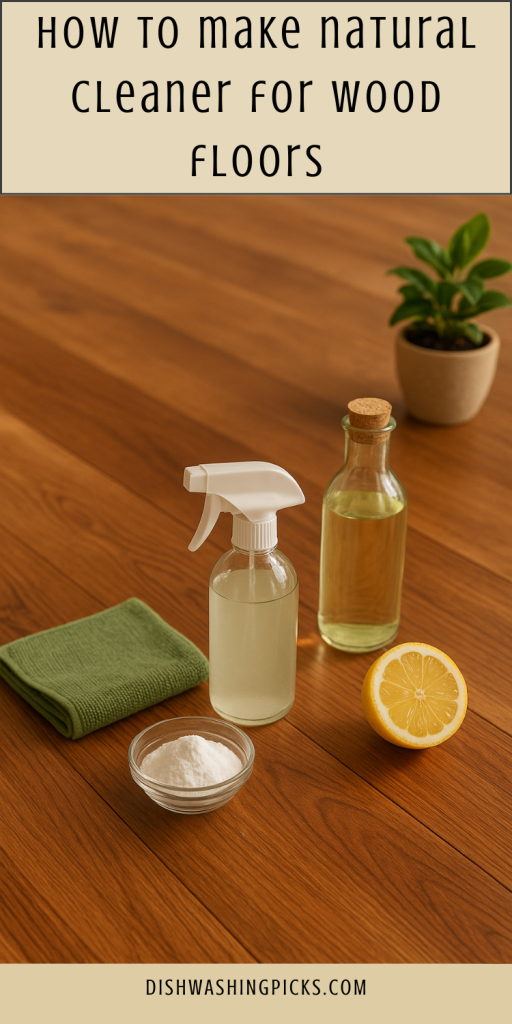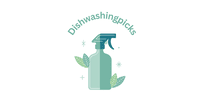
So, you’ve got wood floors. Lucky you. They make a room feel warm, cozy, and kind of timeless, don’t they? But here’s the catch: keeping them clean without messing up the finish can be… tricky. You want that nice shine, not streaks, stickiness, or worse—warping. And don’t even get me started on cleaners that smell like you just dumped a bucket of chemicals across your living room.
Here’s the good news: you don’t need fancy bottles from the store. You can make your own natural wood floor cleaner at home with a few things you probably already have in the kitchen. Bonus? It’ll smell good, cost you almost nothing, and you’ll know exactly what’s in it.
Why Go Natural Anyway?
Alright, quick question—do you ever mop your floors, then immediately regret walking barefoot because your feet feel tacky? That’s often from all the residues commercial cleaners leave behind. Not fun.
Natural cleaners skip all that. No harsh chemicals, no strong synthetic perfumes, no cloudy residue. Just a clean floor that looks (and feels) like actual wood, not a sticky mess. Plus, you’ll feel like a genius whipping up a DIY solution that works better than the pricey stuff.
What You’ll Need
Don’t worry, you don’t need to raid a chemistry lab. Just simple, everyday items:
- Warm water – the base of any good floor cleaner.
- White vinegar – helps cut grime, but don’t panic—it won’t leave your house smelling like a salad.
- Olive oil (or jojoba oil) – adds a nice little shine and helps condition the wood.
- Essential oils (optional but awesome) – lemon, orange, lavender, or cedarwood are all great choices.
The Recipe (Simple, I Promise)
Here’s a tried-and-true homemade wood floor cleaner:
- Grab a bucket and pour in 4 cups warm water.
- Add ½ cup white vinegar.
- Stir in a tablespoon of olive oil.
- If you’re feeling fancy, drop in about 5–10 drops of essential oil. Lemon for fresh, lavender for calm, or cedarwood if you want that outdoorsy vibe.
Mix it up, and boom—you’re ready to clean.
How to Use It Without Wrecking Your Floors
Here’s the trick: less is more. You don’t want to soak your wood floors (that’s like asking for trouble). Dip your mop in the solution, wring it out really well so it’s just damp, and then go over the floor.
Work in sections, and if you’re feeling extra, buff it dry with a soft cloth afterward. That’s what gives you that magazine-photo glossy look.
Pro Tips (a.k.a. Things People Usually Forget)
- Don’t overdo the vinegar. Too much can dull the finish over time. Stick with the ratio above.
- Skip soaking. Standing water is basically wood’s worst nightmare.
- Shine boost? Add a tiny bit more olive oil to the mix if your floors are looking thirsty.
- Spot test first. Different finishes react differently, so just test a corner first before you mop the whole place.
Wrapping It All Up
At the end of the day, making a natural wood floor cleaner isn’t rocket science—it’s more like kitchen science with a way better payoff. You’ll get clean, shiny floors without the chemical smell or sticky residue, and honestly, it feels kind of satisfying knowing you made it yourself.
So next time you glance at your floors and think, ugh, they need help, just grab a few pantry staples and mix up this little magic potion. Your wood floors will thank you—and so will your bare feet.
